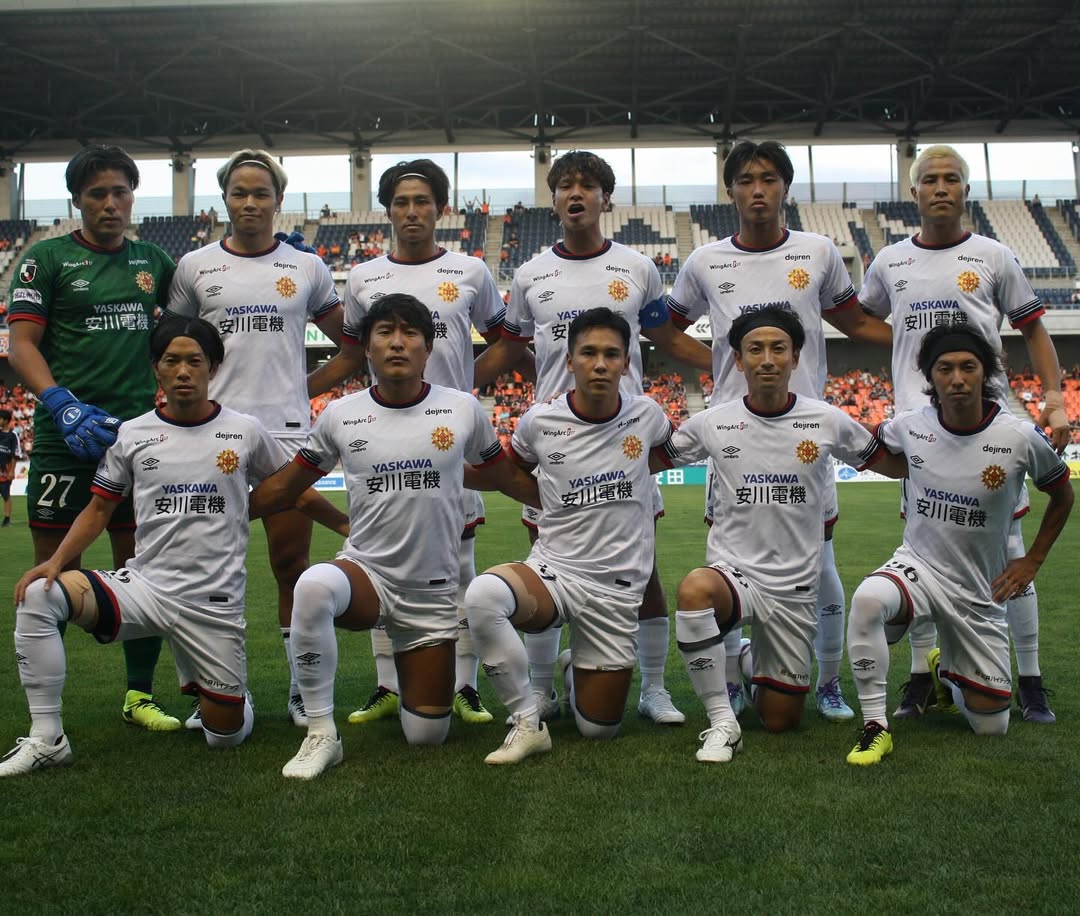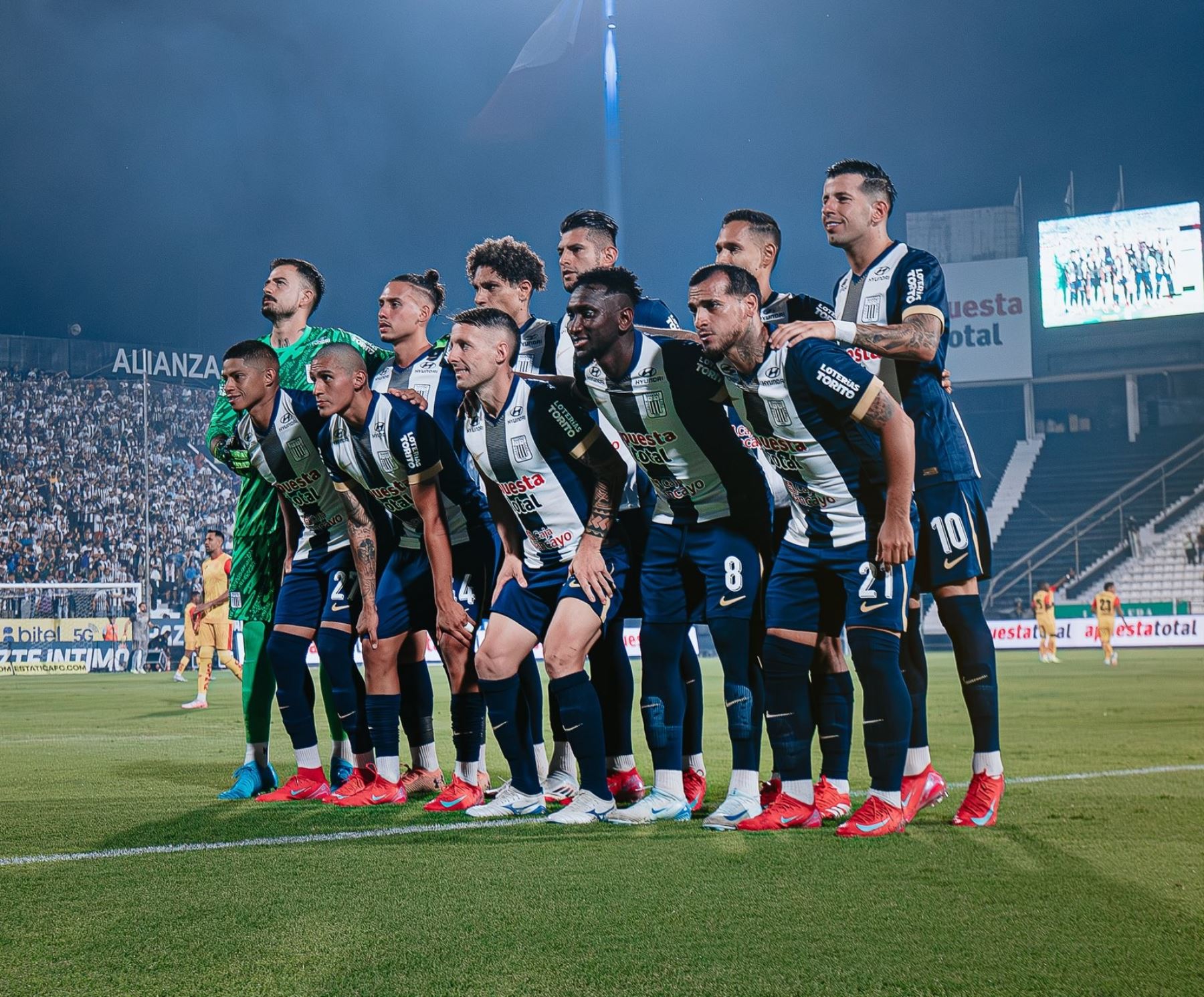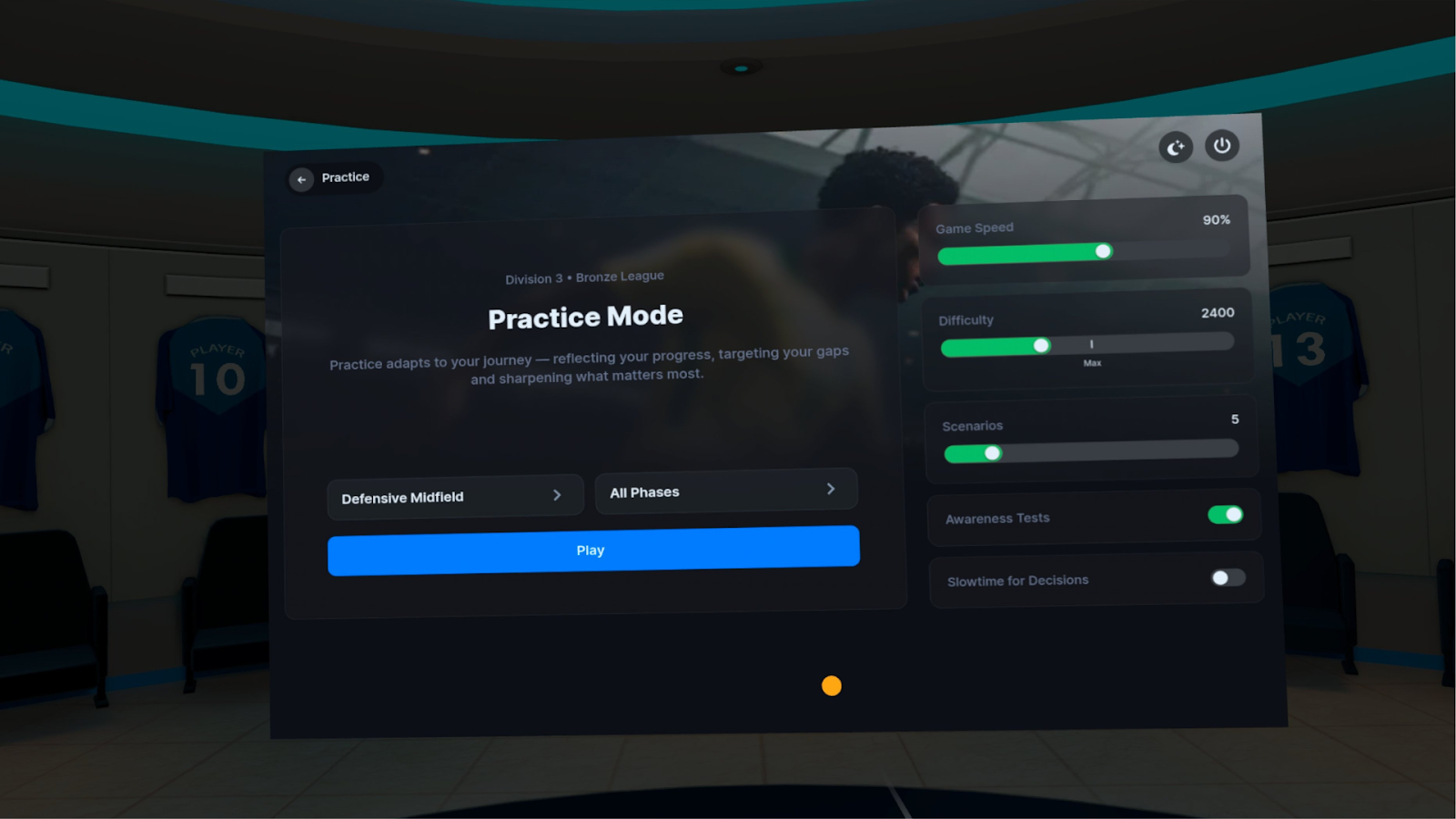Professional and amateur soccer players are constantly looking for cutting-edge ways to improve performance on the field and take their skills to the next level.
Innovative training devices are proving one way soccer players can enhance their technical and cognitive skills.
In this article, we'll explore some of the best soccer training equipment currently available. Starting with a rebound net used by Premier League players such as Kevin De Bruyne, Erling Haaland and Jack Grealish.
Rebounders: Perfecting Control and Reflexes
Rebounders are versatile training devices soccer players use to improve ball control, passing accuracy, and reflexes. Both seasoned professionals and aspiring youngsters can benefit from training with this tool.
A rebounder is usually a square or a rectangle plate or net. Players kick the ball into the apparatus and the ball will, yes you guessed it, rebound right back.

Rebounders help players work on their first touch and ball control, with both feet, through constant repetition. Convenience is a major benefit. Players can practice passing and receiving on their own, without the need for teammates.
This soccer training accessory helps players develop technical skills, quicker reflexes and reaction speed, essential for players in every position. Manchester City first team players have been seen using Football Flick rebounders in training.
This soccer training equipment is designed for use in the backyard or team practice catering to players of all ages and skill levels.
Remote-controlled-mannequins to practise freekicks
Real Madrid have long had some of the best free kick takers in the world. Including the likes of Luis Figo, David Beckham, Cristiano Ronaldo, Gareth Bale, and Toni Kroos. A few seasons ago, the club appeared to reveal one the secrets to their continued success in this area - a remote-controlled-mannequin free kick wall.
The mechanical free kick wall allows coaches to adjust the height of each of the figures, meaning players can practice against the height of different defenders they're about to play against.
In a video shared on Real Madrid's social media, several players including midfielder Luka Modric managed to curl shots into the net avoiding the wall that consisted of five 'mechanical men'.
Real Madrid use the FreeKickPro technology. Players can practise free kicks with match-like resistance by creating a wall line-up of 4, 5 or 6 players. Plus, setting the exact height of the players in the wall and even jump settings for each player.
Assistant Manager, Davide Ancelotti, said of the technology: "We use the FreeKickPro during every pre-match session. I think it’s a necessary tool to realistically train a component of the game that can make the difference between winning and losing a game."
Goalkeeper Goggles: Improving Hand-Eye Coordination
During Liverpool's 2024/25 pre-season training camp, their goalkeepers were pictured wearing goggles. The Swivel Vision training goggles limit peripheral vision. The idea is to force the individual wearing into more visual tracking or use of audio cues.

The training goggles are designed to improve goalkeeper's reactions, hand-eye coordination and technical skills. By restricting the amount of sensory input the players receive during a training session, the hope is that it will make matchday less challenging.
Manuel Neuer of Bayern Munich has also been pictured training in Swivel Vision goggles. These googles can be used during intense training sessions ensuring goalkeepers are provided with a unique practice experience.
Virtual Reality Soccer Training: Enhancing Cognitive Skills
One of the most exciting advancements in soccer training technology is the development of virtual reality (VR). VR headsets allow players to step onto a virtual field and immerse themselves in realistic game scenarios.
.jpeg)
Research in soccer cognition has shown the best way to train game intelligence is to train in a game-like environment. Game intelligence requires information gathering, through the skill of scanning. The ability to scan, gather information and make split-second decisions is a necessity on the field.
Studies have revealed that players who scan more, retain possession more often, and make more successful forward passes. Training in VR allows players to enhance cognitive skills, such as scanning, vision, awareness and decision-making. All without the physical demands of traditional practice.
Champions League level clubs and players, such as Borussia Dortmund, FC Copenhagen, Martin Ødegaard, Aurélien Tchouaméni and Roméo Lavia, have used the Be Your Best VR training app to improve their cognitive skills.
Learn more about improving your overall game intelligence by training in virtual reality with Be Your Best.
Closing Thoughts
Adding innovative soccer training devices into routines and schedules can elevate your game to new heights. The competitive nature of the sport requires teams and players to constantly look for competitive edges wherever available.
Player development demands excellence. High quality training equipment is therefore becoming a staple of today's professional players and clubs.
We hope that this article has provided you with some training device inspiration to consider for your own game.

.png)



